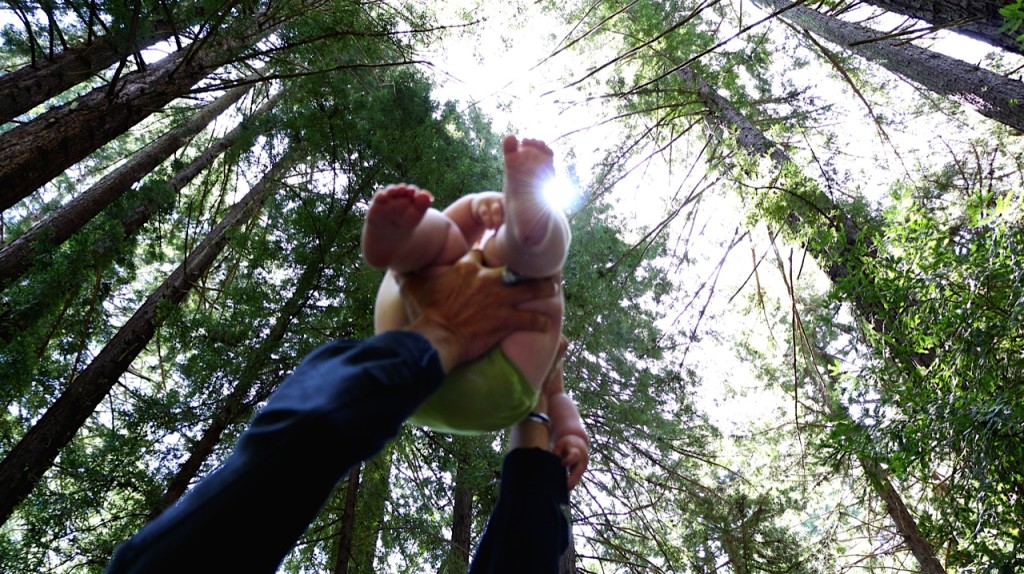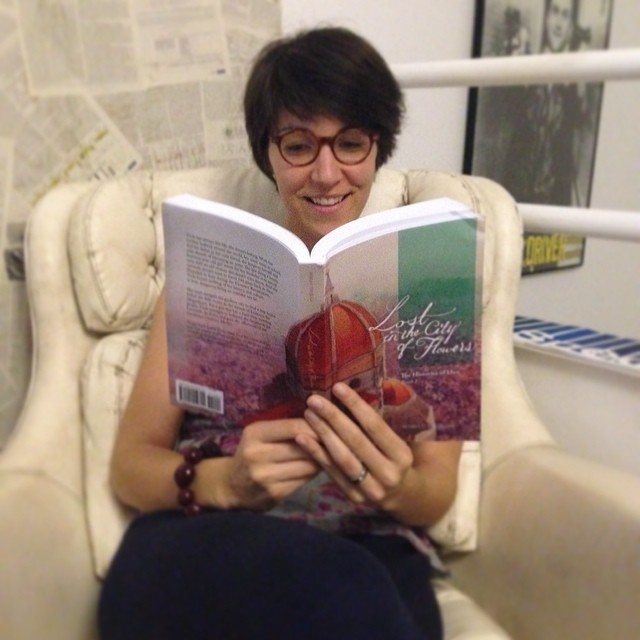
Walking a Sacred Path – Rediscovering the Labyrinth as a Spiritual Tool
by Dr. Lauren Artress
I walked into the Friends of the Library booksale in Gainesville, Florida, a glorious event which just happened to coincide with my month-long sabbatical in Gainesville.
My wife and daughter quickly appropriated shopping carts and began filling them up with books and magazines. I took one walk around and, right at the beginning of the walk, came across the only book I was to buy: Walking a Sacred Path:
I am extremely curious and constantly find myself wanting to learn a million different trades, yet, at the same time, I have learned to become aware of the channel or thread in my life, of the river I’m flowing along and how its currents give me a sense of the turns ahead. Shortly before this I had turned for the first time. I had visited a Sufi family and, in their beautifully simple and sacred livingroom, had learned to turn or whirl for the first time.
I told the lady, Hilal, right from the beginning that I get dizzy fast (takes less than 2 spins with my daughter or son to feel like the world is all wrong) yet I handed over my person to this age-old practice. That night I was invited to turn and I did so twice for 30 minutes each time. I could feel my body grow cold and sweaty/clammy; I turned until I stopped turning and the world began turning around me; I turned together with others and I lost myself in the practice and came out changed.
Sufi’s work hard in their spiritual practice. It is hard work. Physically and mentally.
The similarities between the Sufi practice of turning and the Christian-mysticisms practice of walking the labyrinth are evident. Both practices involve a surrender to the present moment, to a loss of attaining a goal because the practice itself is so hard that only staying in the very instant will get you through; both involve circling or spiraling, a loss of linear external orientation and an entering into an internal compass; both are physical practices for spiritual goals.
This book felt small, concise, sharp (for the most part… sometimes felt a little convince-y) and written from a passionate and knowledgeable perspective. I definitely recommend it. Dr. Lauren Artress found herself drawn to the labyrinth in her personal life path and then worked to understand it in the context of Christian spiritual practice and did extensive work to divulge/reanimate it.
I strongly agree with the author’s emphasis on spirituality being a personal experience and a personal endeavour and what we need is tools for assisting the individual’s connection to spirit, to their spiritual path, rather than an an external entity dictating our spiritual path. The labyrinth is one tool for connection to spirit.
“To walk a sacred path, each of us must find our own touchstone that puts us in contact with the invisible thread. This touchstone can be nature (as it was for me early on), sharing with our friends, playing with our children, painting on our day off, or walking in the country. It may be the Sunday-morning liturgy and Eucharist. Walking a sacred path means that we know the importance of returning to the touchstone that moves us. The labyrinth can serve as a touchstone.”
“It is a container for the creative imagination to align with our heart’s desire, it is a place where we can profoundly, yet playfully, experience our soul’s longing and intention.”
“The experience is different for everyone because each of us brings different raw material to the labyrinth.”
“We need to be shaken out of our complacency and begin to use our short time here creatively so we don’t look back in regret. … To be pilgrims walking on a path to the next century, we need to participate in the dance between silence and image, ear and eye, inner and outer. We need to change our seeking into discovery, our drifting into pilgrimage.”
Enjoy this book



 Chief Tsunka Wakan Sapa (Phillip Scott) holding Haya up to the the tall redwoods
Chief Tsunka Wakan Sapa (Phillip Scott) holding Haya up to the the tall redwoods
 “Come sit with me, and let us smoke the Pipe of Peace in Understanding.
“Come sit with me, and let us smoke the Pipe of Peace in Understanding.